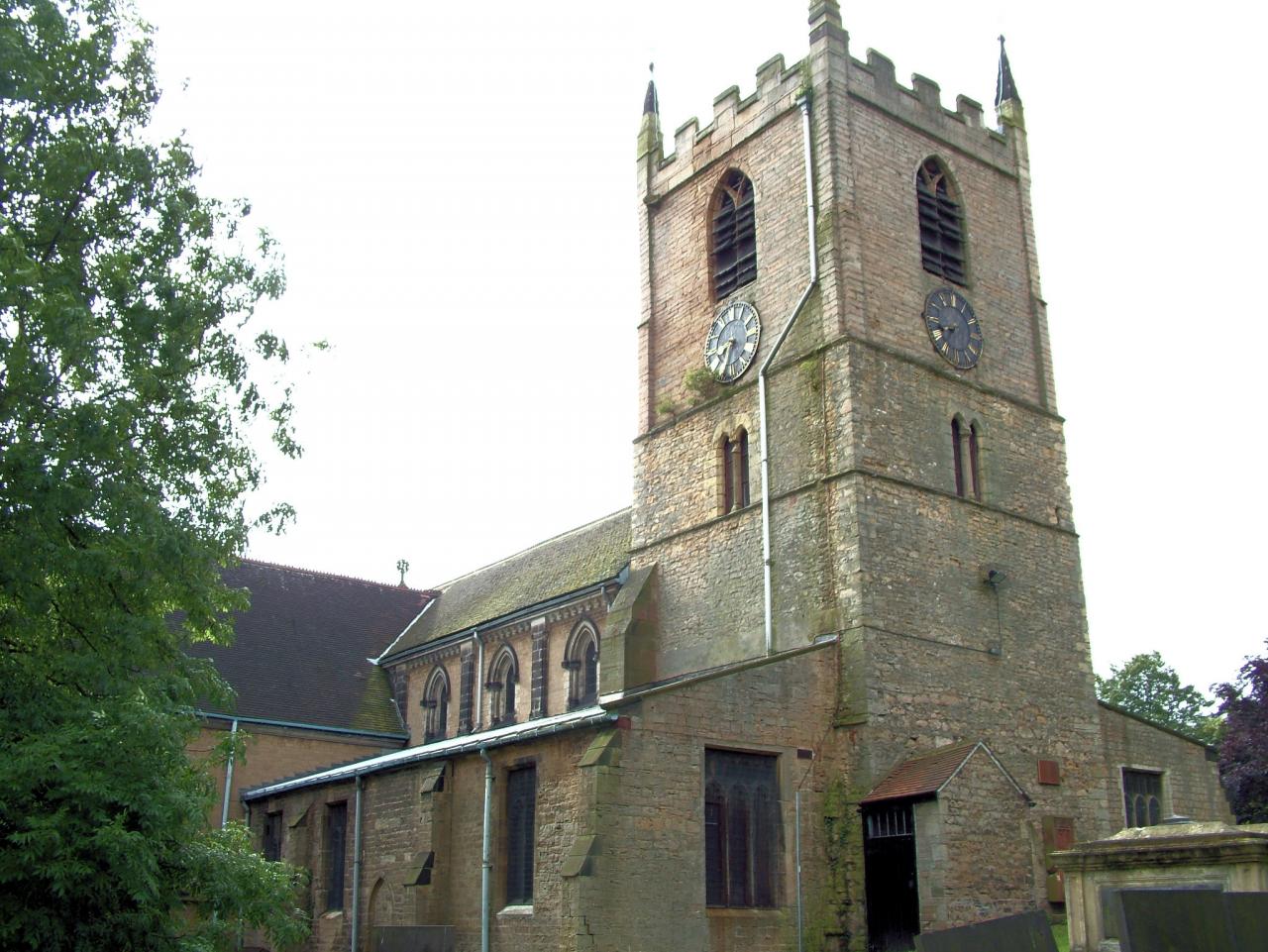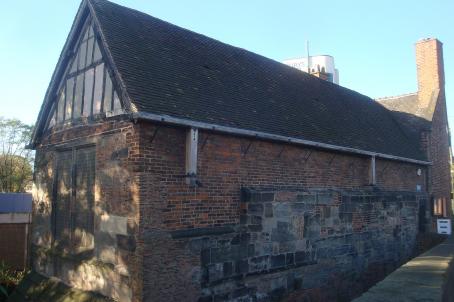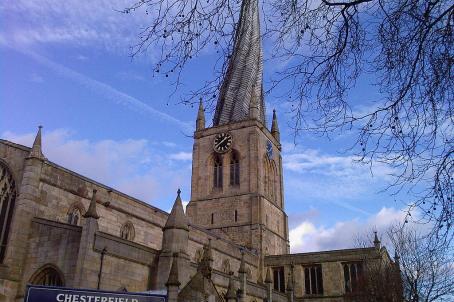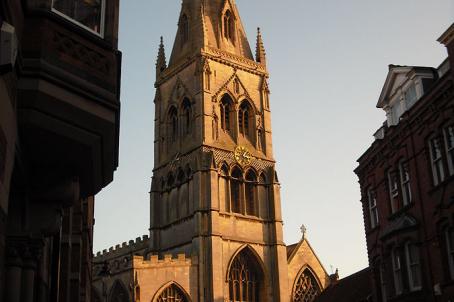St Mary Magdalene
Hucknall has a fascinating history and heritage. Many of the famous people who once lived here, went on to help shape the world, whether through literature, the arts, the built environment or early computing. St Mary Magdalene church is fortunate to be the last resting place for the famous poet, 6th Lord Byron; his daughter, the pioneering mathematician Ada Lovelace; and the Victorian bare knuckle boxing champion of all England, Benjamin Caunt.
About this building
For more information visit on this building visit www.explorechurches.org/church/st-mary-magdalene-hucknall






